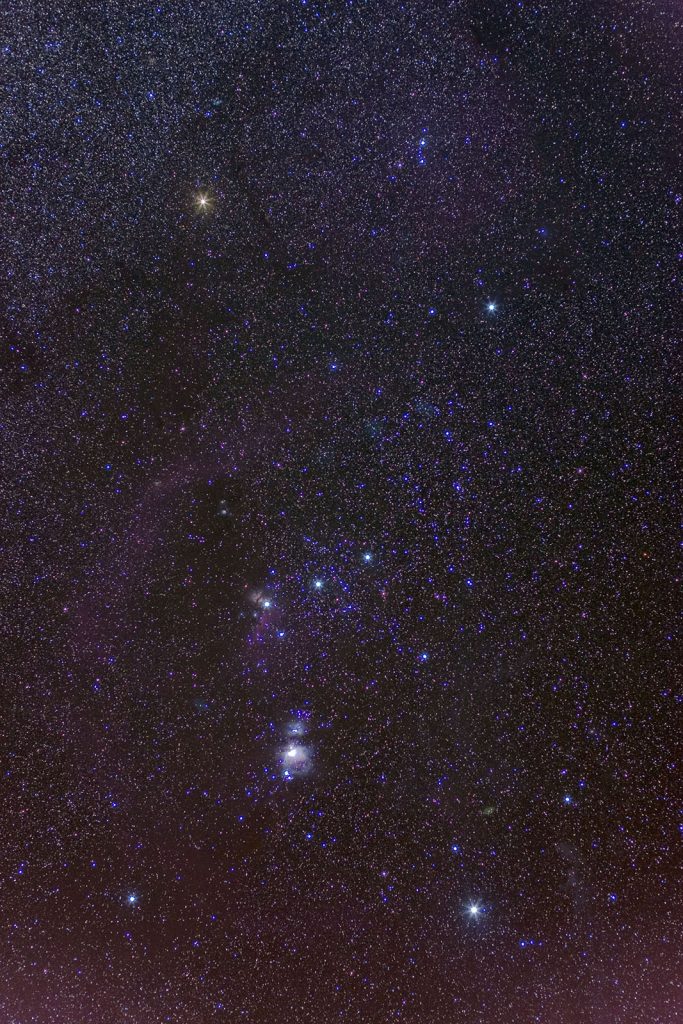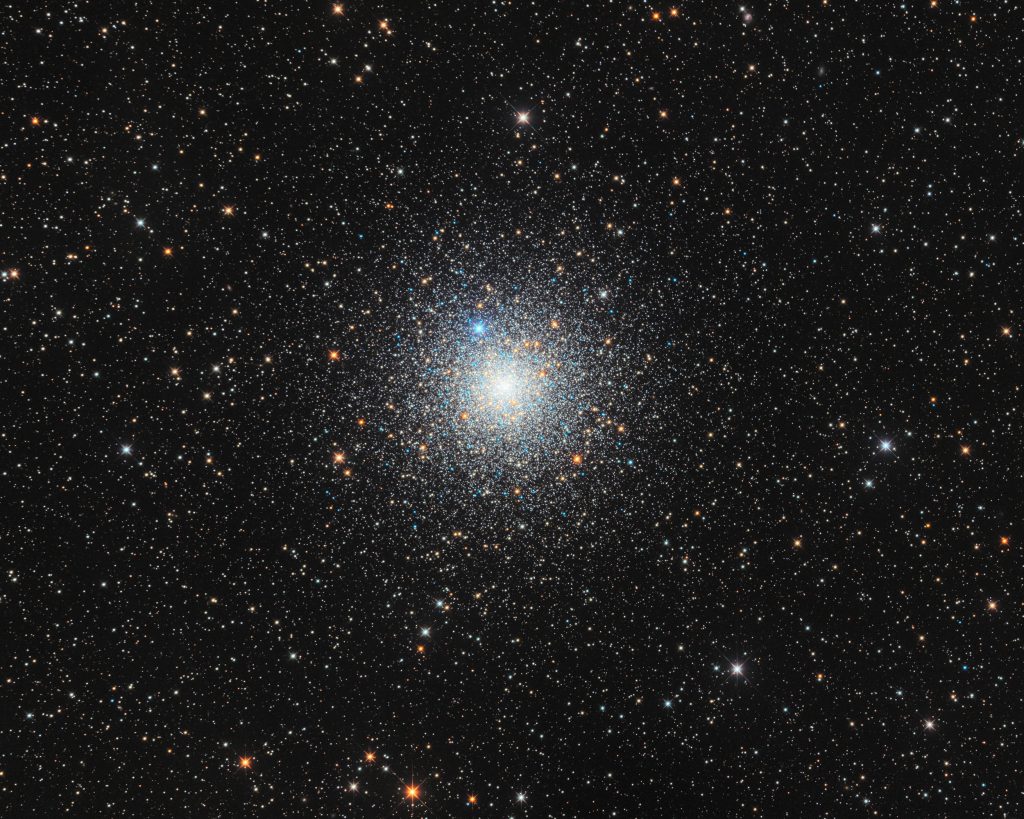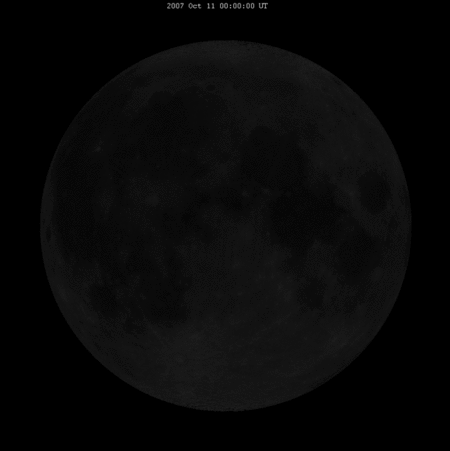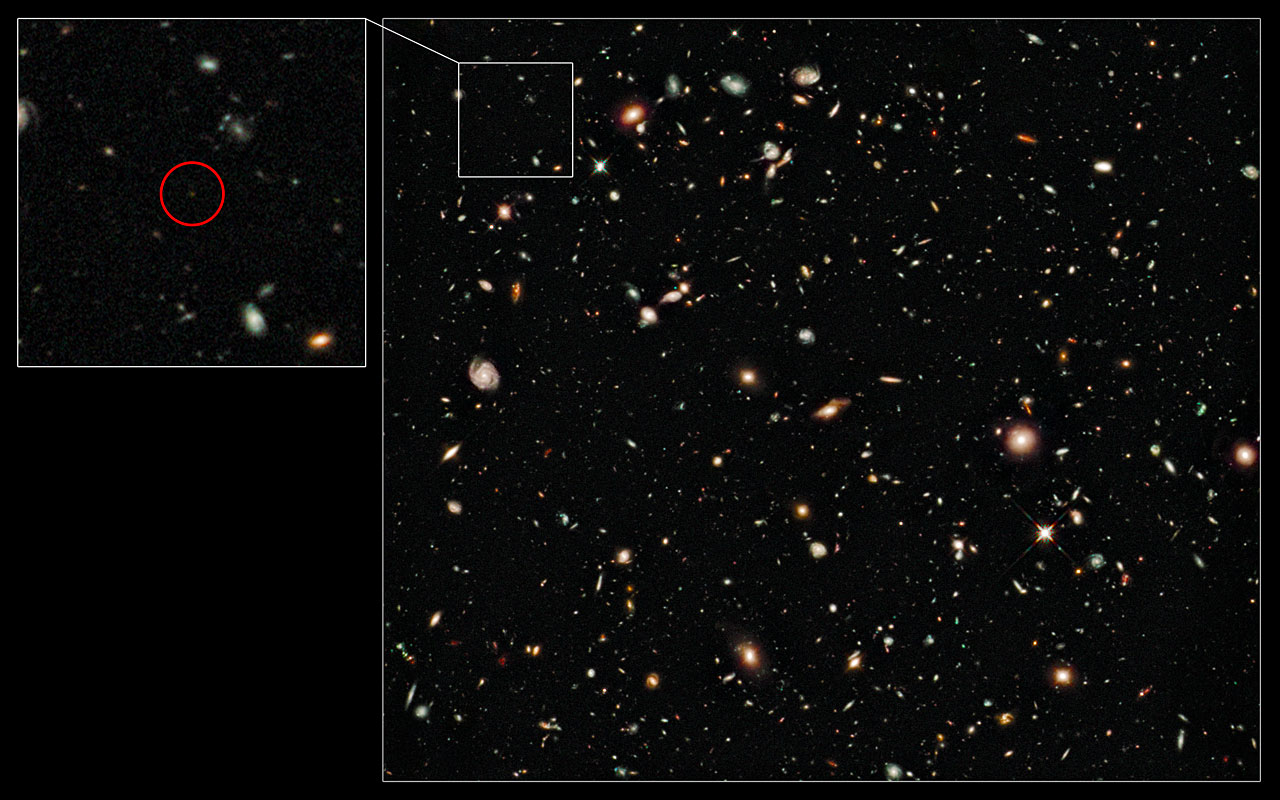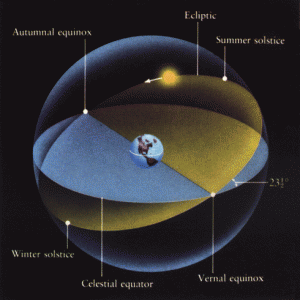Betelgeuse is a red giant star in the Orion constellation. Since October it has dimmed considerably.
Red giant stars are those which are nearing the end of their lives. The image left shows the Orion constellation with the distinctly red-coloured Betelgeuse in the upper right (click on image for larger).
Betelgeuse has a mass that is 12 times greater than our Sun. It is estimated that is has a diameter of 1.2 billion kilometers. It is about 642 light-years from Earth.
Due to its high mass Betelgeuse has a very short life. It is believed to be about 10 million years old compared to the 4.5 billion years of the Sun. This is because large stars burn their fuel much more quickly.
Being a variable star variation in the brightness of Betelgeuse is not unusual. It undergoes variations on a number of different cycles. There is the main 5.9 year cycle with several smaller ones. The image below shows the brightness difference between 2016 and December last year.
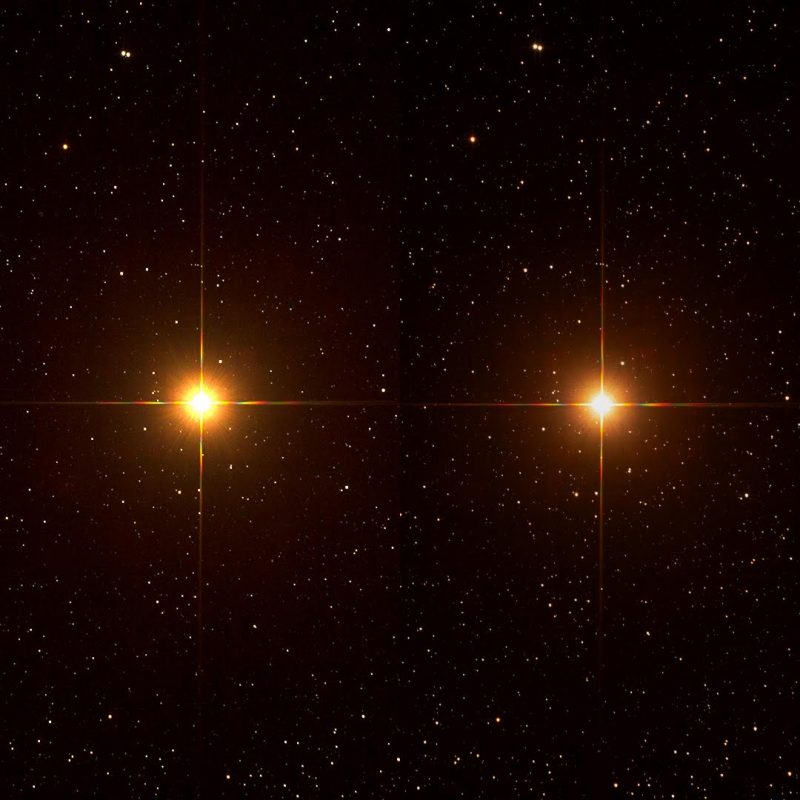
You may have read reports that the star is about to go supernova (AKA ‘blowing up’ in layperson speak). Despite the fact that the star will do this in the very near future on a Universe time-scale (in the next 100,000 years) it is unlikely that the current dimming is an indication that it will occur soon on a human time-scale. The current dimming is likely to be the result of the coincidental alignment of the minimum points on two or more of the cycles discussed earlier.
In any event, the star is of no danger to the Earth of life on the planet.

